This event has now taken place, dates for future events to be announced soon!
Times stated below are CET (GMT+1hr)
 Chris Reeves
Chris Reeves Maria-Cristina Galassi
Maria-Cristina Galassi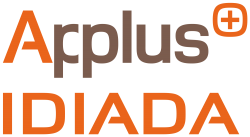 Álvaro Arrúe
Álvaro Arrúe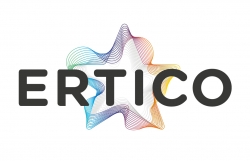 Dr Stephane Dreher
Dr Stephane Dreher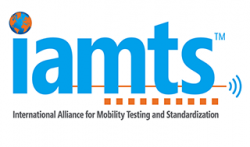 Alexander Kraus
Alexander Kraus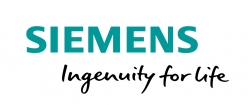 Matthieu Worm
Matthieu Worm Dr Clara Marina Martinez
Dr Clara Marina Martinez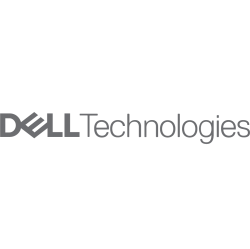 Dr Florian Baumann
Dr Florian Baumann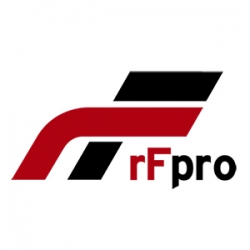 Matt Daley
Matt Daley Matt Daley
Matt Daley Gil Amid
Gil Amid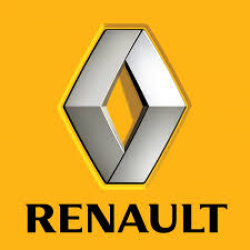 Marc Pajon
Marc Pajon Carlo van Driesten
Carlo van Driesten Benjamin Engel
Benjamin Engel Dr Florian Baumann
Dr Florian Baumann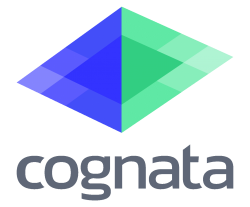 Danny Atsmon
Danny Atsmon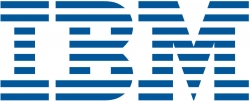 Frank Kraemer
Frank Kraemer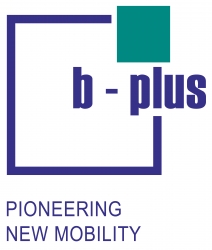 Alexander Noack
Alexander Noack Enguerrand Prioux
Enguerrand Prioux Tomas Ohlson
Tomas Ohlson Varun Mittal
Varun Mittal Matt Daley
Matt Daley Dr Trent Victor
Dr Trent Victor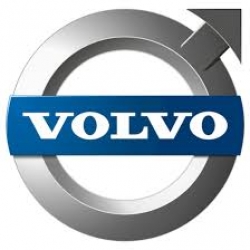 Carina Björnsson
Carina Björnsson Dr Siddartha Khastgir
Dr Siddartha Khastgir Robert Klarner
Robert Klarner Alexander Noack
Alexander Noack Jason Marks
Jason Marks Farid Kondori
Farid Kondori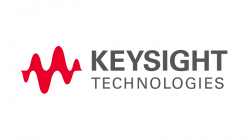 Aaron Newman
Aaron Newman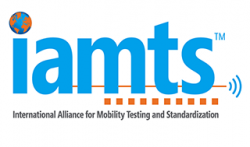 John Tintinalli
John Tintinalli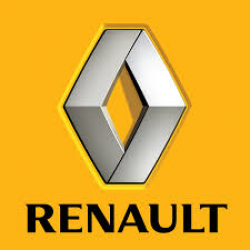 Dr Andras Kemeny
Dr Andras Kemeny Dr Mircea Gradu
Dr Mircea Gradu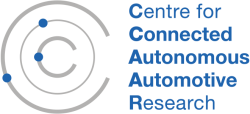 Kevin Vincent
Kevin Vincent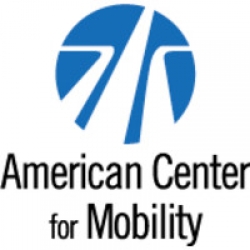 Ralph Buckingham
Ralph Buckingham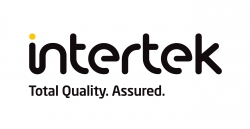 Nate Danks
Nate Danks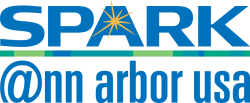 Komal Doshi
Komal Doshi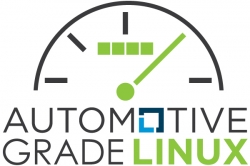 Dan Cauchy
Dan Cauchy Jack Weast
Jack Weast Andreas Riexinger
Andreas Riexinger Matthieu Worm
Matthieu Worm Dr Hardi Hungar
Dr Hardi Hungar Emmeram Klotz
Emmeram Klotz Oliver Bleisinger
Oliver Bleisinger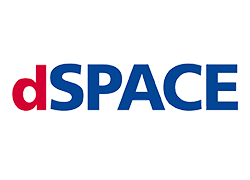 André Rolfsmeier
André Rolfsmeier Chris Reeves
Chris Reeves John Fox
John Fox Mohamed Azhar
Mohamed Azhar Florian Hauer
Florian Hauer John Tintinalli
John Tintinalli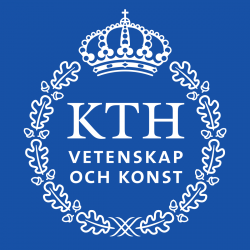 Maxime Sainte Catherine
Maxime Sainte Catherine Mike Freeman
Mike Freeman Robert McGinnis
Robert McGinnis Chris Reeves
Chris Reeves Sytze Kalisvaart
Sytze Kalisvaart Nicholas Clay
Nicholas Clay Patrick Luley
Patrick Luley